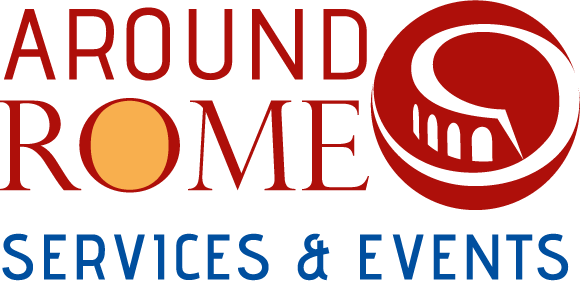The Foro Boario, located along the left bank of the Tiber between the Capitoline, Palatine and Aventine hills, is one of Rome’s oldest and most picturesque sites.
This area, named after the cattle market that was held in antiquity, is a veritable treasure trove of history. Here are interwoven myths, legends and everyday realities of ancient Rome and what existed even before its foundation.
Originally, the Forum Boarium was a marshy area that was reclaimed by the construction of the Cloaca Massima, becoming a focal point for the city’s commercial activities.
Besides the cattle market, there was also an important river port here, the Portus Tiberinus, through which Rome traded with other Mediterranean cities. But the Forum Boarium was not only a place of economic exchange. Its strategic position and history also made it a cult centre.
Numerous temples dedicated to various deities, including Hercules, Portunus and Vesta, stood here. According to legend, it was in the Forum Boarium that Hercules confronted and defeated the giant Cacus, who was hiding in a cave on the slopes of the Aventine.
The reference in modern Rome corresponds to the area around the Piazza della Bocca della Verità, where one has to imagine the ancient traffic of carts, carts and chariots instead of today’s car traffic.
Today, walking around the Foro Boario, one can admire the remains of ancient buildings, both religious and functional to civil life. Let us start with the impressive Bocca della Verità, a large marble disc (actually a river manhole) whose legend has it that liars have their hand cut off when inserted into the mouth.
A destination for tourists and the curious, it is featured in a famous scene in the film “Vacanze Romane” (1953) by William Wyler with Gregory Peck and Audrey Hepburn. The famous Bocca is located in the portico of the Church of Santa Maria in Cosmedin built in the 6th century above the Altar of Hercules.
The church was given the name ‘Kosmedion’ because of the splendid decorations it contained, especially after the extension works by Pope Hadrian I (782).
Next to the church is the Temple of Fortuna Virile (2nd-1st century BC). By now identified with certainty with the temple of Portunus, the patron god of the nearby river port.
One of the best-preserved buildings in Rome, in 872 it became a church with the name Santa Maria Egiziaca, granted by Pius V to the Armenians. Further on, we encounter the Temple of Vesta, circular like the one in the Roman Forum, more probably identifiable with the Temple of Hercules the Victor (late 2nd century BC) extensively restored under Tiberius.
It is the oldest surviving building in Rome built of marble, with a peripteral of twenty Corinthian columns. In the 12th century it was transformed into a church dedicated to St Stephen (called ‘delle Carrozze’), later called Santa Maria del Sole.
In the forecourt is the Fountain of the Tritons (1715), which reproduces the Bernini theme of the fountain in Piazza Barberini.
Taking Via del Velabro, whose name derives from the river marsh (Velabro) where Faustulus is said to have found Romulus and Remus, we arrive at the ‘Arch of Janus’.
This is a rare example of a four-sided arch (4th century), built with marble and materials from earlier monuments. The name does not refer to the two-faced god Janus but to the covered passages (ianus in Latin) probably used by the bankers who operated in the Forum Boarium.
Behind, the famous Church of San Giorgio al Velabro (5th-6th century), an ancient diakonia dedicated by Leo II to St Sebastian. A church that, due to its location and beauty, very often hosts Catholic weddings of Roman and non-Roman citizens.
In July 1993, the church was the target of a Mafia attack. A car bomb explosion almost completely destroyed the portico, which was later rebuilt with careful restoration.
Next to the church is the Arco degli Argentari; one of the entrances to the Foro Boario, an interesting testimony to the art of the Severan age. Erected in 204 by the guild of the Argentarians (or money changers), it recalls oriental architectural and aesthetic models.
Mentioned at the beginning of the article, we then observe some remains of the Cloaca Massima (Maxima). A marvellous work of engineering that crossed the Foro Boario collecting the waters flowing from the surrounding heights and conveying them into the Tiber. Tradition attributes the construction to King Tarquinio Prisco, but only the embankment dates back to the 6th century BC.
A walk in this area, even if immersed in the modern traffic of the city, evokes ancient atmospheres of a living, yet chaotic everyday life even then.
Should you require assistance do not hesitate to contact us.
We will respond quickly to you query. If urgent, do call us now
T: (+39) 06 9422062
info@aroundrome.it
